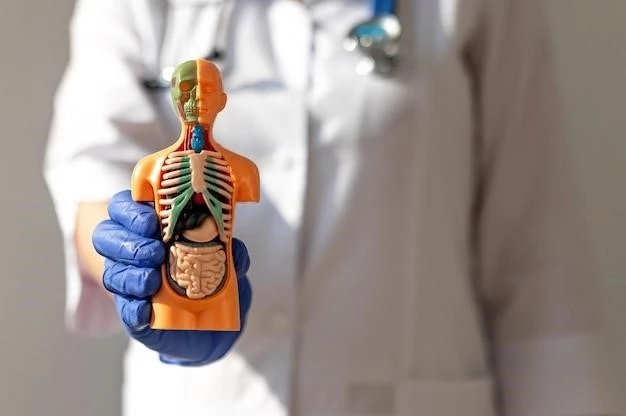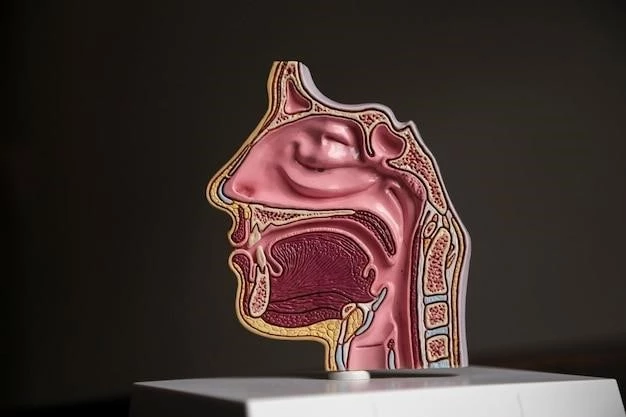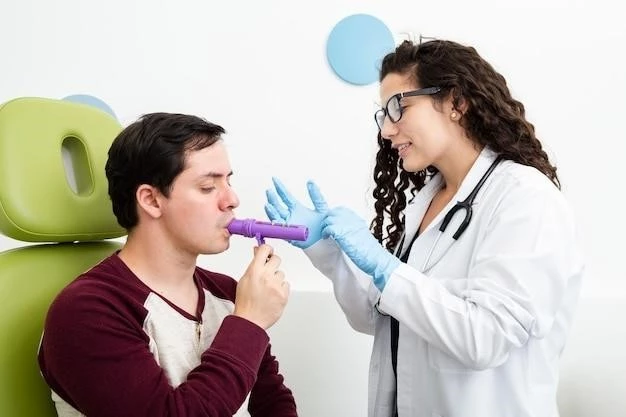Nasopharyngeal Teratoma Dandy–Walker Diaphragmatic Hernia
The association of congenital diaphragmatic hernia, Dandy Walker malformation, and nasopharyngeal teratoma is very rare. Examining these cases can provide insight into the underlying genetic basis. Rare cases like these require specialist referrals and careful consideration of treatment options.
Overview of Nasopharyngeal Teratoma
Nasopharyngeal teratoma is a rare tumor located in the nasopharynx, the upper part of the throat behind the nose and above the soft palate. This type of teratoma can be challenging to diagnose due to its location and may present with various symptoms, such as nasal congestion, difficulty breathing, or even visible lumps in the nasal cavity. Treatment often involves a multidisciplinary approach, including surgery to remove the tumor. Regular follow-ups and monitoring may be necessary to check for recurrence or any potential complications.
Understanding Dandy–Walker Malformation
Dandy–Walker malformation is a neurological condition characterized by a malformation of the cerebellum, the part of the brain that controls movement and coordination. It typically involves an enlargement of the fourth ventricle and a partial or complete absence of the cerebellar vermis, the area that connects the two hemispheres of the cerebellum. This condition can lead to developmental delays, difficulties with coordination, muscle tone problems, and other neurological issues. Diagnosing Dandy–Walker malformation often involves imaging tests like MRI or ultrasound. Treatment depends on the individual’s symptoms and may include physical therapy, educational support, or in some cases, surgical interventions. It is essential for individuals with Dandy–Walker malformation to receive specialized care from neurologists, neurosurgeons, and other healthcare professionals to manage the condition effectively.
Insight into Diaphragmatic Hernia
Diaphragmatic hernia is a condition where an opening in the diaphragm allows organs from the abdomen to move into the chest cavity. This can lead to complications like breathing difficulties, heart issues, and digestive problems. Diagnosis may involve imaging tests like X-rays or ultrasounds. Treatment for diaphragmatic hernia often requires surgical repair to move the organs back into their correct position and close the opening in the diaphragm. Follow-up care to monitor for any recurrence or long-term effects is essential for managing diaphragmatic hernia effectively.
Association of Nasopharyngeal Teratoma with Dandy–Walker Malformation and Diaphragmatic Hernia
The association of congenital diaphragmatic hernia, Dandy–Walker malformation, and nasopharyngeal teratoma is exceptionally rare and presents unique challenges. Understanding the genetic basis of this association involves advanced genetic testing like chromosomal microarray and whole exome sequencing. Being aware of this rare condition is crucial for healthcare providers, as specialist referrals and multidisciplinary care are often necessary for effective management. Further research and medical attention are essential for individuals with this complex combination of congenital anomalies.
Clinical Cases and Reports
The association of congenital diaphragmatic hernia, Dandy-Walker malformation, and nasopharyngeal teratoma is incredibly rare and presents complex challenges for diagnosis and management. Recent case reports highlight the importance of genetic testing, such as chromosomal microarray and whole exome sequencing, to understand the underlying genetic basis of this association. These clinical cases emphasize the necessity of specialized care and multidisciplinary approaches to address the unique combination of congenital anomalies effectively. Continued research and collaboration among healthcare providers are vital to improve outcomes for individuals with this rare and complex condition.
Genetic Basis and Underlying Factors
The association of congenital diaphragmatic hernia, Dandy-Walker malformation, and nasopharyngeal teratoma is incredibly rare and presents significant challenges in understanding the genetic basis of this complex combination. Recent cases have highlighted the importance of advanced genetic testing methods such as chromosomal microarray and whole exome sequencing to unravel the underlying genetic factors contributing to these conditions. By delving into the genetic makeup of individuals with this unique trio of anomalies, researchers and healthcare providers can gain valuable insights that may guide more personalized treatment strategies and further our understanding of these complex genetic associations.
Diagnosis and Specialist Referrals
Diagnosing the complex combination of congenital diaphragmatic hernia, Dandy–Walker malformation, and nasopharyngeal teratoma requires specialized imaging tests such as MRI, CT scans, or ultrasounds to assess the extent of the anomalies. Given the rarity of this association, seeking expert opinions from geneticists, neurologists, neonatologists, and pediatric surgeons is crucial for accurate diagnosis and treatment planning. Referral to medical centers with experience in managing rare congenital anomalies can ensure comprehensive care and access to appropriate interventions tailored to the individual’s specific needs.

Treatment Options and Considerations
Managing the complex combination of congenital diaphragmatic hernia, Dandy-Walker malformation, and nasopharyngeal teratoma requires a comprehensive approach that may include surgery, chemotherapy, radiation therapy, or a combination of these treatments depending on the individual’s specific condition. Collaboration among a team of specialists such as pediatric surgeons, neurologists, geneticists, and oncologists is essential to outline a tailored treatment plan that addresses the unique challenges presented by this rare association of anomalies. Regular follow-ups and long-term monitoring are crucial to track the individual’s progress and address any potential complications that may arise during the course of treatment.
Rare Disease Day at NIH

On Rare Disease Day at NIH, it is essential to raise awareness about the unique challenges faced by individuals with rare conditions like the association of congenital diaphragmatic hernia, Dandy–Walker malformation, and nasopharyngeal teratoma. By highlighting the importance of research, collaboration, and specialized care, healthcare providers can work towards improving outcomes for those affected by such rare and complex combinations of congenital anomalies. Participation in events like Rare Disease Day at NIH can foster a supportive community and drive advancements in the understanding and management of these rare conditions.
Recurrence Risk and Management
For individuals with the rare combination of congenital diaphragmatic hernia, Dandy-Walker malformation, and nasopharyngeal teratoma, understanding the risk of recurrence is crucial. Continual monitoring and long-term follow-up are essential to detect any signs of recurrence or associated complications. Given the complexity of these conditions, close coordination with a multidisciplinary team of specialists is recommended to develop a comprehensive management plan that addresses potential recurrence risks and ensures ongoing care tailored to the individual’s needs.
Comparative Studies and Current Research
Recent reports and comparative studies have shed light on the association of congenital diaphragmatic hernia, Dandy-Walker malformation, and nasopharyngeal teratoma, highlighting the complexity and rarity of this condition. The examination of genetic factors through advanced testing methods has unveiled insights into the underlying genetic basis of this unique combination of anomalies. By delving into comparative studies and current research, healthcare professionals aim to enhance their understanding of these complex associations and improve the management strategies for affected individuals.
